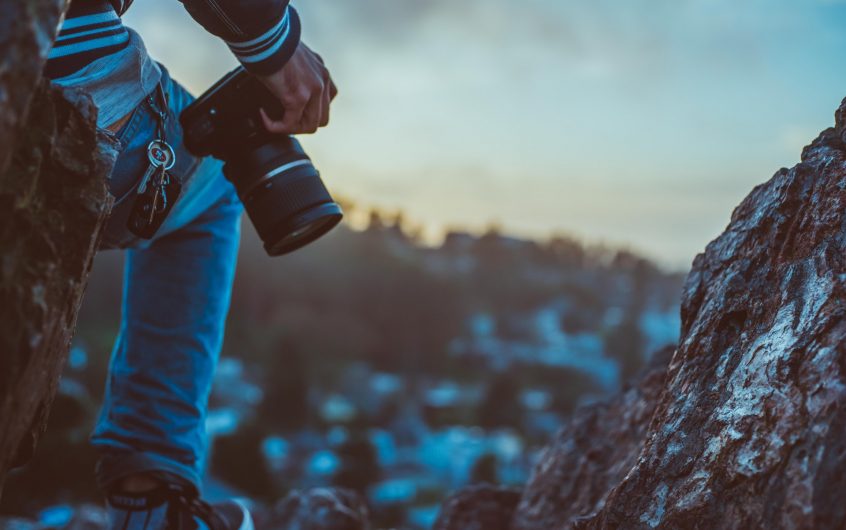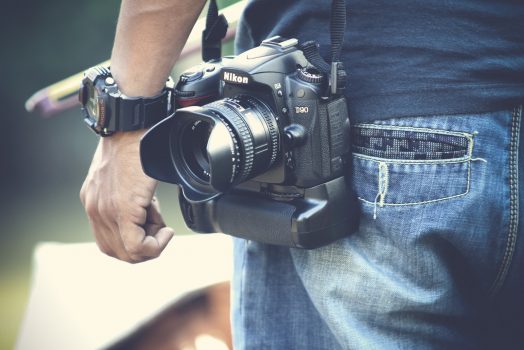Many journals discuss the best practices for travel photography, and most of them, while providing advisable advice, tend not to take into consideration the reality that circumstances are not always ideal for making photographs. The crowds of tourists do not always clear a lane for you to make your picture, the sky is not always blue, the light is not always ideal and you may not always have the newest gear. However, there are some practices that you can put into place to assist you to create strong photos when time is short and you cannot always wait for circumstances to develop.
Some Practices one should follow as per Wayne Imber are:
Do your homework
According to Wayne Imber, It is well advisable doing some research on your destination before you depart. This will provide you an initiative of what things are going to seem like when you turn up. If you have a notion of what you want to photograph before getting to a setting, you may also be able to investigate best vantage times and points to be there. This will assist you to plan your day and let you to fit in more shooting than if you leave it all until you turn up and try to make it up on the spot. And satisfaction is the complete purpose of photography in the initial place.
Shooting in the middle of the day
So many photography books and instructors tell you to shoot in the ‘Golden Hours’ the hour just after dawn and just before dusk, because these times present the finest light for photography. The soft golden light is the most pleasing. These circumstances can aid in adding disposition to an image if you use them to your benefit.
Know your equipment
As Wayne Imber suggests, be acquainted with how to use your camera without the requirement to think about it. When you have to impede and think about how to regulate settings, you miss precious moments. So, while making the decisions, if you can make these adjustments by not having to take the camera away from your sight, this might just be the disparity between capturing the photo you see in your mind, and missing the moment.
Crack down on where the diverse controls are and adjusting them without taking the camera away from your sight. Start with immobile subjects and advance to moving subjects. It will be a little frustrating and difficult at first, but useful once you put it into practice and come away with the images that you created in your mind.
Everyone would love to have days or even weeks to stay at a spot and discover it completely and take the time to make great photographs, but for most people it is just not convenient. So to get the best out of the photography when people do travel somewhere new, people needs to acclimatize and be supple. Working out the greatest way to do this will make your next trip both more enjoyable and more rewarding.




